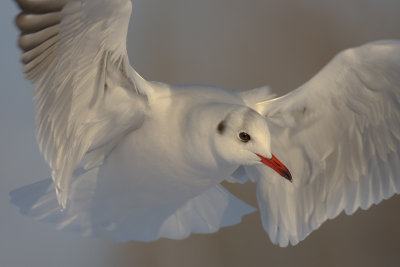Magical "smart" systems like Evaluative metering and Auto white balance bring with them the occasional failure. You're asking the camera to totally guess what kind of scene you're taking a picture of, and to guess how you want it to turn out. Sometimes the camera guesses wrong.
Canon DSLRs have been known for their problematic Auto WB since the first Digic chips were introduced over a decade ago. In warm lighting, Canon DSLRs tend to leave too much warmth in pictures for most people's tastes. In my decade of using my XT/350D, I relied on Daylight WB for pictures lit by sunlight and on Tungsten WB for pictures lit by incandescent lights. For my rare flash photos, I used Flash WB. Some people prefer the warmer look of using Shade WB instead of Daylight WB.
Evaluative metering looks at the AF points that locked, on the assumption that they're locked on your subject, then picks one of those locked AF points and meters on it. Then it looks at the pattern of brightness in the metering zones and consults a data table of common scene patterns to determine how much lighter or darker it should go, if any, from the metered value. If the AF point that locked isn't over your subject, or if multiple points locked and it picked the wrong one, or if it misjudged what kind of scene you're looking at, you'll get the wrong exposure.
You've got two choices: take control of the camera -- setting the WB and adjusting the exposure yourself -- or simply accept that sometimes the camera's magic will get it wrong and you'll have to post-process the picture to get the result you want (and occasionally you'll get a picture that can't be fixed at all).
By the way, I don't think either camera got it right. The G7X picture is way too cool, in my opinion.
--
The open-source LightZone Project:
http://lightzoneproject.org/






